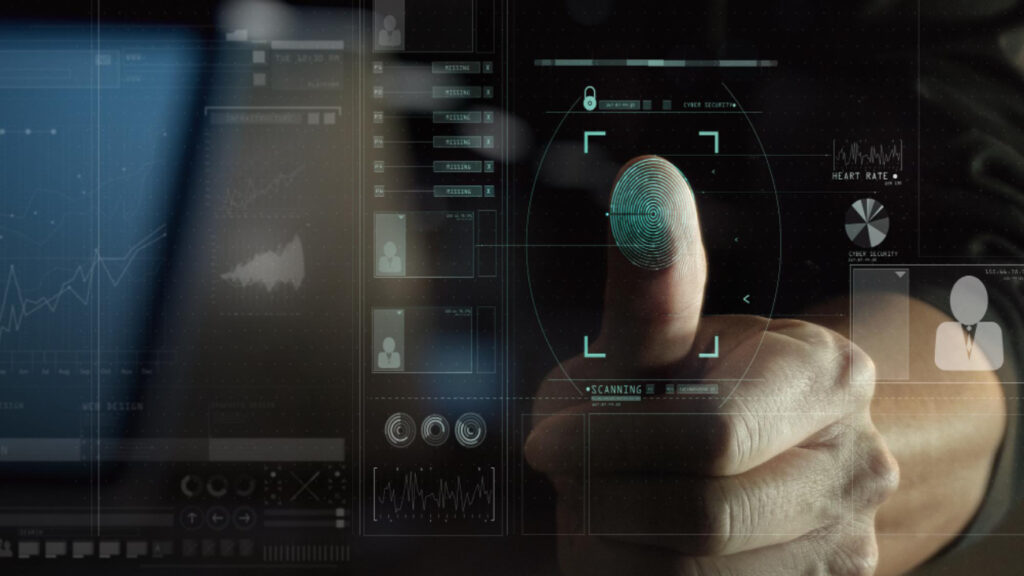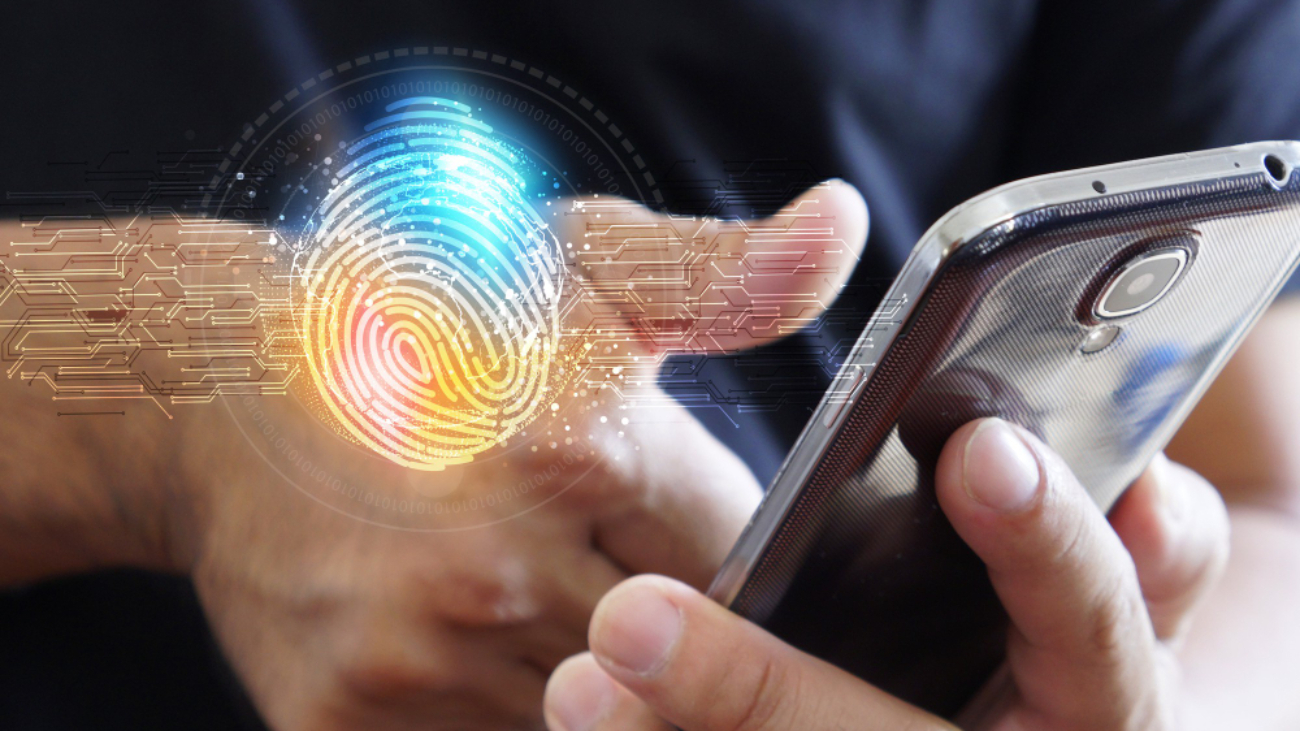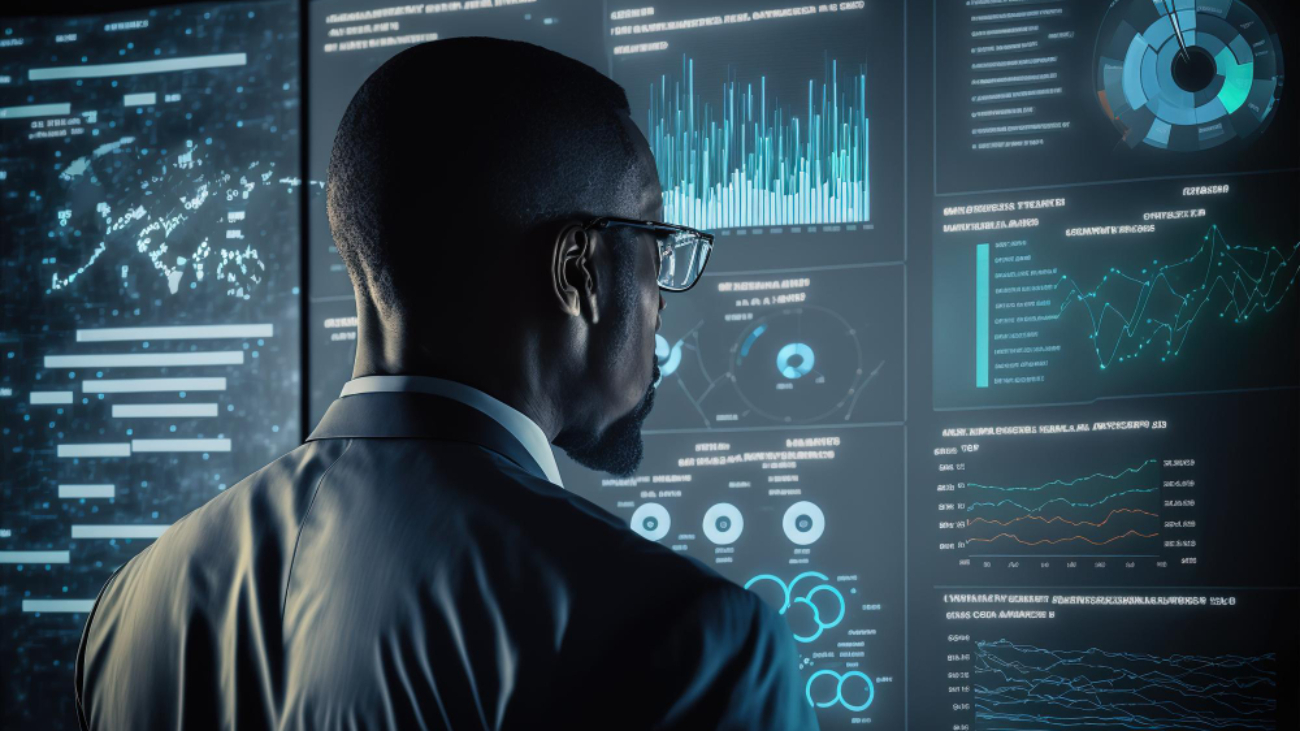In the dynamic realm of sports, the quest for performance enhancement is relentless observed Bahaa Abdul Hadi. One cutting-edge technology making significant strides in this arena is Gait Recognition. This innovative approach involves the analysis of an athlete’s unique walking or running pattern, offering invaluable insights into performance and injury prevention.
Unlike traditional methods, Gait Recognition leverages advanced technologies such as wearable devices and computer vision systems to capture and interpret biomechanical data in real time.
Gait Recognition Applications in Sports
Gait Recognition unfolds a myriad of applications within the realm of sports, proving to be a game-changer across various domains. One prominent arena is performance monitoring and enhancement, where the technology scrutinizes an athlete’s unique gait to provide actionable insights for refining techniques and optimizing efficiency.
Additionally, Gait Recognition plays a pivotal role in injury prevention and rehabilitation, as it allows for a nuanced understanding of biomechanics, aiding in the development of targeted recovery programs. Plus, the technology serves as a strategic tool for coaches, facilitating tactical analysis and strategy refinement by deciphering the distinctive movement patterns of athletes during competitive scenarios.
Technologies Driving Gait Recognition
The propulsion behind Gait Recognition lies in cutting-edge technologies that seamlessly merge with sports analytics. Wearable devices take the lead, with smart shoes and motion sensors capturing intricate gait data in real time. These devices discreetly integrate into an athlete’s gear, ensuring minimal disruption during training or competition.
Complementing wearables is the prowess of computer vision, employing video analysis and 3D motion capture systems to provide a more comprehensive understanding of biomechanics. Together, these technologies form a robust framework, driving Gait Recognition to new heights in sports, promising precise and actionable insights for performance optimization and injury mitigation.
Challenges and Limitations
Despite its transformative potential, Gait Recognition encounters several challenges and limitations in the sporting arena. Privacy concerns loom large as the technology delves into the personal biomechanical signatures of athletes. Accuracy and reliability present ongoing hurdles, with variations in environmental conditions and individual differences impacting data precision.
Integrating Gait Recognition seamlessly into existing sports systems proves to be a complex task, requiring careful calibration. Navigating these challenges demands a nuanced approach to ensure the responsible and ethical use of this technology. As the sports industry embraces innovation, addressing these limitations becomes crucial for the successful integration of Gait Recognition in performance analysis.
Conclusion
In conclusion, the synergy between Gait Recognition and sports marks a pivotal stride toward a new era of performance analysis. As we unravel the intricate biomechanical tapestry of athletes, the technology proves its mettle in enhancing training methodologies, preventing injuries, and refining strategic approaches. However, ethical considerations such as privacy and responsible implementation should remain at the forefront of this transformative journey.
Thank you for your information Bahaa Abdul Hadi blogs. For more information, please visit www.bahaaabdulhadi.com.







